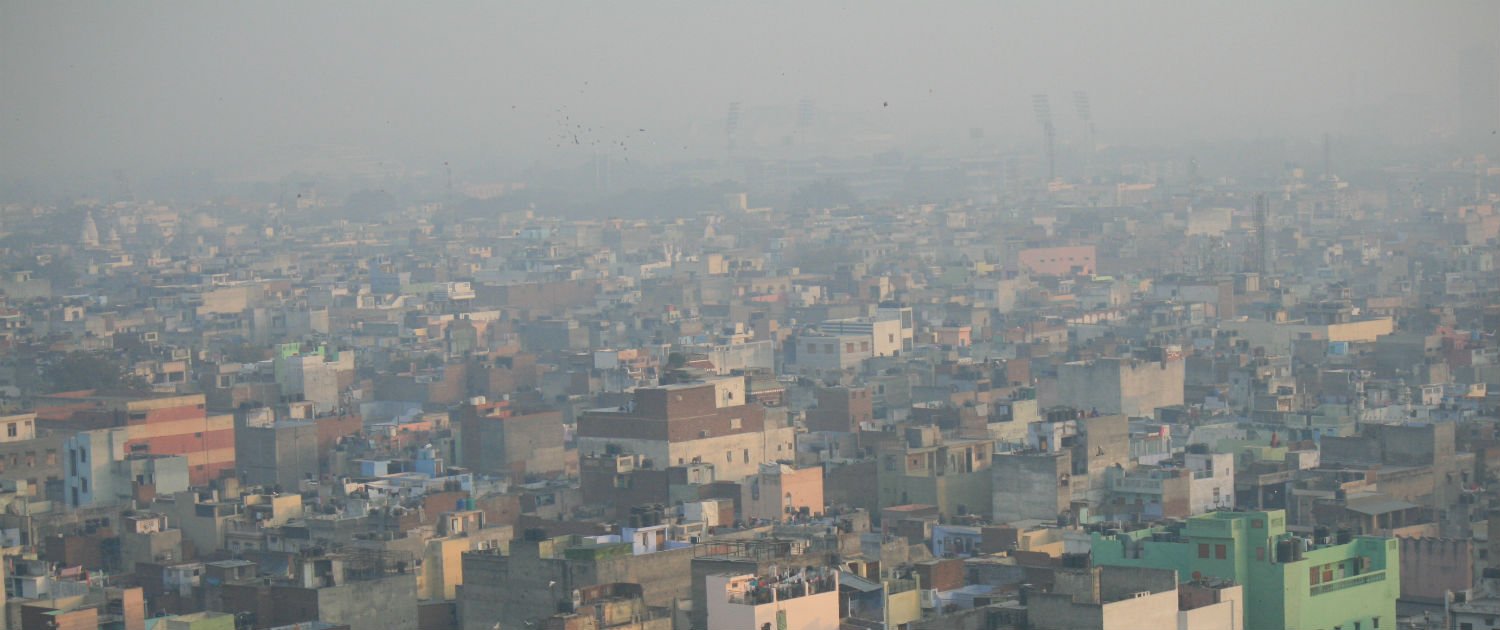As cities around the world fill up with people and commerce, air pollution is becoming an increasingly fatal problem.
A report by the International Energy Agency found that 6.5 million deaths per year can be attributed to air pollution. This is a huge increase from earlier estimates. A 2012 report by the World Health Organization found that 3.7 million deaths could be pinned to air pollution each year. While air pollution has not doubled in severity in the course of a few years, this disparity underscores the magnitude of the problem and how responses need to be more urgent.
With the data in this report, air pollution becomes the fourth-biggest threat to human health after poor diet, smoking and high blood pressure.
As Global Citizen reported last year, “These deaths are caused by mostly cardiovascular diseases, like ischaemic heart disease, stroke, chronic obstructive pulmonary disease, lung cancer, and acute lower respiratory infections in children. As such, air pollution is recognized as the world’s worst environmental carcinogen, and it’s considered more dangerous than second-hand smoke.”
A lot of these deaths occur in cities that have developed rapidly over the past few decades.
India, which has seen explosive growth, is home to 7 of the 15 cities with the worst air pollution. The country has heavily leaned on coal for its energy needs, often resorting to the dirtiest types of coal to keep the engine of development burning. There is also very little regulation of vehicles and street fires to burn garbage are common.

Because of this, major cities are often shrouded in smog. In New Delhi, 6 years are shaved off the average life span because of air pollution.
This is made worse by droughts brought on by climate change that cause more dust particles to rise into the air.
Throughout India, the vicious cycle of air pollution and climate change is causing frightening consequences. For example, the Himalayan Glaciers provide water for up to 700 million people throughout the region, but emissions and rising temperatures are gradually causing them to melt. As they shrink, communities are scrambling to find alternative sources of water and wetlands and rivers are drying up.
The city with the worst air pollution is Zabol, Iran, partly because wetlands are drying and unleashing dust particles into the air.

A similar problem is happening in parts of California as the Salton Sea dries up due to the overexploitation of water sources and climate change. What was once a thriving marshland is now mostly desert and a rash of debilitating respiratory problems are on the rise.
In Beijing, a city that has become globally known for its wildly fluctuating air quality, an artist called Brother Nut set out to make the visceral nature of air pollution even more visceral.
He traveled the city with a vacuum cleaner and held the hose out in front of him. After 100 days, he made a brick with the particles the vacuum sucked up and the message was disturbingly clear: each person walking throughout the city could be harboring a similar buildup of pollution in their bodies.
Amid smog wave, artist “Brother Nut” makes a powerful symbol of Beijing’s pollution https://t.co/gbmSZHpaSH#AIGAdgpic.twitter.com/zt9vh3ooTW
— AIGA (@AIGAdesign) December 1, 2015In Beijing, like in all cities, the poor are worst affected by air pollution because they can’t afford expensive purifiers and often work outside where they are exposed to the air.
The good news is that people are getting fed up. In China, for instance, there is a growing environmental movement that protests appalling air quality and the construction of new coal plants and chemical facilities. They’re aware that the future is endangered if the status quo continues. In response, the government is taking actions to make the economy green.
Globally, calls for action are happening as well. The International Energy Agency, a consortium that represents the world’s biggest fossil fuel producers, is pushing for clean energy policies.
Oftentimes, cleaning up the air is as simple as enacting new emissions standards for cars or improving garbage pick-up throughout neighborhoods. New Delhi and New Mexico both recently enacted tougher vehicle controls to deal with the sometimes suffocating smog.
There is also momentum for change from the Paris climate agreement, which is the largest-ever global commitment to combat climate change and pursue a cleaner world.
The International Energy Agency said that an increased investment of 7% each year in clean energy solutions could solve the problem, but, as The Guardian argues, more than this has to be done.
Rather than a gradual shift away from fossil fuels, something more like a break has to happen. Governments around the world have to begin to sharply reduce fossil fuel usage.
This takes on even greater urgency when you consider the expected growth of cities in the future. 70% of humanity will cluster in cities by 2050, and by 2100 the global population could grow by nearly 5 billion.
Too many lives are at stake for climate action to be delayed any longer.